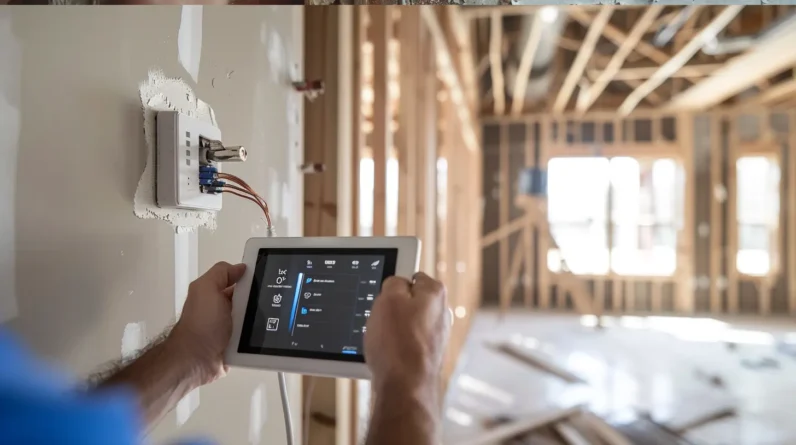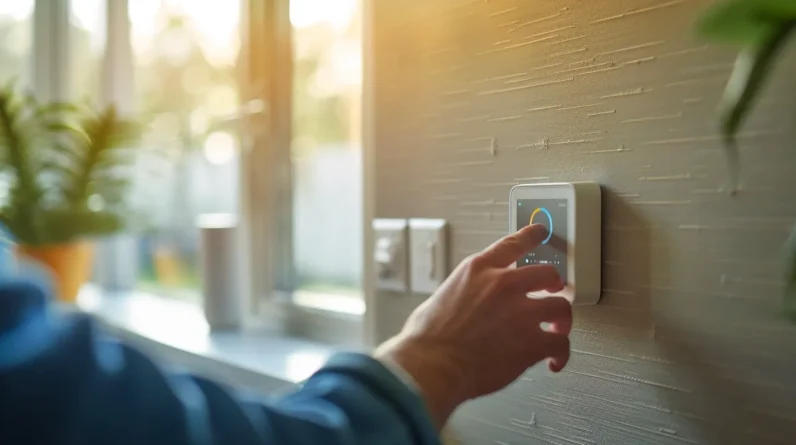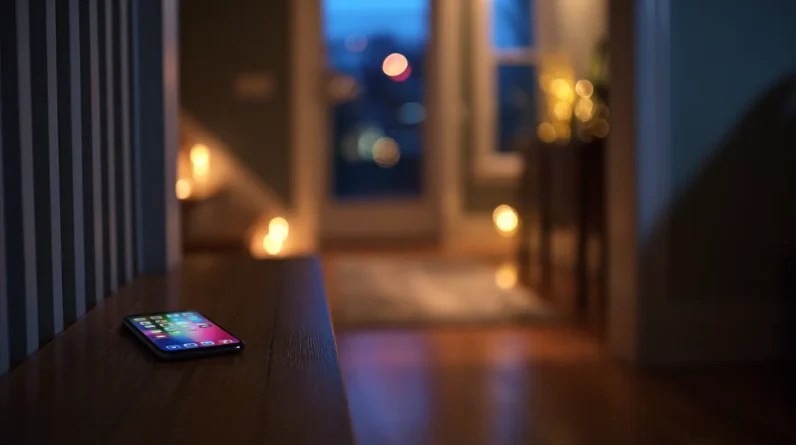
We’ve been sold convenience, but smart homes have become dependency traps that erode our autonomy while extracting continuous costs. Beyond initial device prices, we’re paying $600-1,800 for cloud storage, $240-600 for thermostat features, and $300-900 for hub replacements over five years. Meanwhile, our homes mine our data—voice assistants upload conversations, cameras track behavioral patterns, and appliances build lifestyle profiles sold to insurers. When systems fail, we can’t even adjust our own thermostats. The automation paradox reveals how these “efficient” systems demand more maintenance than they eliminate.
When Your Home Holds You Hostage: The Dependency Trap
While smart home technology promises convenience and efficiency, excessive automation creates an insidious form of technological dependency that erodes our basic competencies. We’ve observed households where residents can’t manually adjust thermostats or operate blinds without their apps—a troubling skill atrophy. This dependency becomes critical during system failures or internet outages, when our homes effectively hold us hostage. The psychological impact extends beyond inconvenience; we’re losing our understanding of Home Boundaries between human agency and machine control. Research indicates that over-reliance on automation increases vulnerability to both technical failures and security breaches. Ironically, systems designed to eliminate Human Error often amplify consequences when they malfunction, leaving us helpless in our own supposedly intelligent environments.
The Hidden Cost of Convenience: Subscriptions, Updates, and Technical Debt
Beyond the sticker price of smart home devices lies a perpetual financial burden that manufacturers deliberately obscure: the mounting costs of subscription services, mandatory updates, and accumulated technical debt. Proper cost analysis reveals expenses extending far beyond initial purchase.
| Device Category | Initial Cost | 5-Year Hidden Costs |
|---|---|---|
| Smart Security | $200-500 | $600-1,800 (cloud storage) |
| Smart Thermostats | $150-300 | $240-600 (premium features) |
| Smart Lighting | $100-400 | $300-900 (hub replacements) |
Resource management becomes increasingly complex as firmware updates demand bandwidth, cloud dependencies require sustained connectivity, and obsolescence forces premature replacements. We’re not purchasing products anymore—we’re leasing functionality on manufacturers’ terms, surrendering control over our equipment while feeding a revenue model designed to extract maximum value from captive customers.
Big Brother in Your Bedroom: The Privacy Nightmare Nobody Discusses
The subscription fees and technical dependencies we’ve accepted come packaged with something far more insidious: surveillance infrastructure embedded directly into our most intimate spaces. Every smart device becomes a data mining operation, feeding the machinery of surveillance capitalism while we sleep, eat, and live.
Consider what we’re actually inviting in:
- Voice assistants continuously listening, uploading conversations to corporate servers for “improvement”
- Smart cameras capturing behavioral patterns, shared with third-party analytics firms
- Sleep trackers monetizing our biometric data without meaningful consent frameworks
- Connected appliances building detailed lifestyle profiles sold to insurance companies and advertisers
We’ve transformed our homes into profit centers for tech giants, trading privacy for marginal convenience gains we didn’t need.
System Failures and Single Points of Collapse: What Happens When the Cloud Goes Down
When Amazon Web Services experienced a major outage in December 2021, millions of people couldn’t open their doors, adjust their thermostats, or turn on their lights—despite standing directly next to functioning hardware. This incident exposed fundamental Network Risks inherent in cloud-dependent smart home ecosystems. We’ve traded direct control for convenience, creating catastrophic single points of failure.
The architecture reveals disturbing System Vulnerabilities: your door lock communicates with a server thousands of miles away before executing a command you issued while standing inches from it. When that connection breaks—whether through corporate outages, cyberattacks, or business failures—your “smart” devices become expensive paperweights.
We’ve basically outsourced basic home functions to infrastructure we don’t control, can’t repair, and that faces no accountability when it fails us.
The Illusion of Time Savings: How Automation Creates More Work Than It Eliminates
Even when smart home systems work perfectly, they often fail their primary promise: saving time. We’ve encountered the Automation Paradox—where supposed efficiency gains create hidden maintenance burdens that exceed their benefits.
Consider the actual time costs:
- Routine maintenance: Firmware updates, app refreshes, device re-pairing, and network troubleshooting demand regular attention
- Configuration complexity: Programming scenes, schedules, and conditional triggers requires significant cognitive investment
- Human Error mitigation: Correcting automation mistakes—lights activating incorrectly, thermostats misreading occupancy—consumes unexpected hours
- Integration management: Ensuring compatibility across platforms and protocols becomes an ongoing project
The manual light switch required zero maintenance. Our “smart” replacement demands we become amateur IT administrators, transforming simple tasks into technical projects that consume the very time we intended to save.
Conclusion
We’ve traded genuine autonomy for gilded chains, becoming digital serfs in our own homes. The evidence is clear: every “smart” upgrade compounds our dependence while eroding privacy and resilience. Yes, automation offers real benefits—but we’re approaching it with the same uncritical enthusiasm our ancestors reserved for snake oil salesmen. Before adding another connected device, we’d better ask ourselves: who’s actually in control here? The answer might disturb us.







